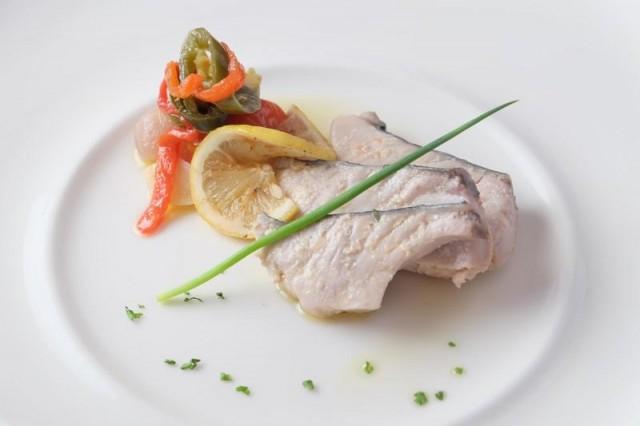How to eat fish responsibly
At the finale of the Sustainable Seafood Week 2018, AccorHotels Group hotel members gathered at Sofitel in Manila to showcase their sustainable seafood dishes.
Each station displayed their creativity, a testament that you can fish responsibly and still come up with something delicious: Joy Nostalg’s mackerel sardines and salmon balls with garlic chive sauce, Mercure Hotel’s grilled tuna skewers and salmon kinilaw and quinoa, Novotel’s tuna avocado ceviche, Raffles Hotel’s poached shrimp in clam basil sauce and pickled mackerel, mascarpone, miso and salmon roe, and Sofitel’s lemon risotto cod fish.
_2018_03_27_11_03_07.jpg)
Sustainable Seafood Week is an initiative led by sustainable seafood distributor Meliomar, Inc. that started in 2015. It is both a celebration of best practices in fisheries and a campaign to raise awareness on the problems plaguing the Philippine seas.
RELATED: The Philippine seas and climate change: Unlocking Blue Carbon Solutions for a cooler planet
“Consumers have a big responsibility to be aware of what they eat nowadays. It has a huge political impact. Their choice will also impact the purchasing behavior of the restaurants and hotels,” Meliomar General Manager Christian Schmidradner said.
Event partner Greenpeace Philippines said that the awareness of Filipinos is limited, but increasing.
We don't really have to give up eating sushi and sashimi just to eat fish responsibly. Below are five things we can do.
1. Ask where the seafood comes from.
"Ensure that seafood you’re buying is from traceable sources and legal fisheries and not from destructive gear," Schmidradner said.
Ask the servers where the fish is from, who caught them, how they were caught. "Eat fish caught by gears that have less environmental impacts, like handline, pole and line," advises Vince Cinches, GreenPeace Philippines’ Oceans Campaigner.
2. Remember: Size matters.
You might not want to eat small sized- fishies — they're still babies or juvenile. Why does it matter, you may ask? If we eat the young ones, how can fish farming remain sustainable?
Says Schmidradner, "learn about juvenile limits. The fresh and chilled lapu-lapu on our plates are babies or juveniles! 500-700 grams plate size grouper is juvenile. Yellowfin tuna should start at 20kg; below that is juvenile."

3. Seek certifications.
Ask for certificates like ASC, MSC, BAP, Global GAP, FIPs (Fishery Improvement Programs) like ARTESMAR AIPs or Aquaculture Improvement Programs. These ensure the establishments are into sustainable practices.
4. Be aware of the endangered and overfished species
Sustainable Seafood Week organizers pointed out three types of seafood we might want to seek alternatives to: Lapu-Lapu, lobsters, and dulong.
According to Schmidradner, "Live Lapu-lapu (Grouper) from the Philippines is often caught with cyanide, and we often see them in live aquariums."
Lobsters meanwhile are heavily over-fished.
Cinches meanwhile advises to avoid dulong as it's "caught all year-round using unsustainable catching methods." These methods, he continues, allow for juveniles to get caught. "So when you buy dulong, you are stealing a generation of fish."
5. Be proactive: if you see a wrongdoing, call it out.
"Educate yourself and demand," Cinches continues. Watch for BFAR bulletins, engage with seafood suppliers, supermarkets, and even wet markets about their seafood on offer. "It is important that we as consumers can help in allowing our fish and oceans to recover."
Adds Schmidradner, "In some (Chinese) restaurants, you can see even sharks in the restaurants’ aquariums. Leave the restaurant!" — LA, GMA News



